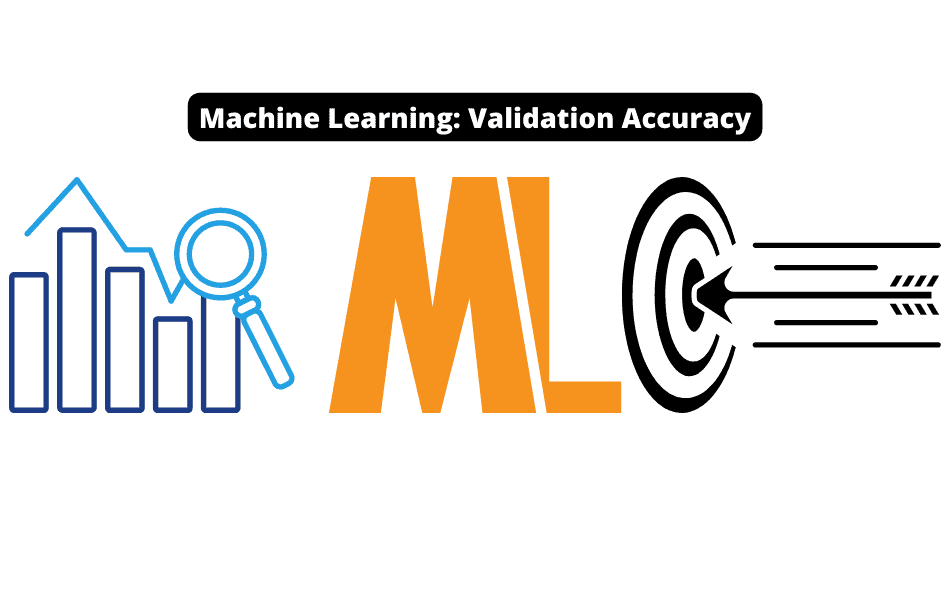Validation Accuracy, in the context of machine learning, is quite a weird subject, as it’s almost the wrong way of looking at things.
You see, there are some particular deep-learning problems (neural networks) where we need an extra tool to ensure our model is “getting it.”
For this, we usually utilize a validation set.
However, this validation set is usually used to improve model performance in a different way instead of emphasizing the accuracy of the machine learning model.
While that may seem confusing, we will clear everything up below. We’ll look closer at validation accuracy and how it’s different ideologically from training and testing accuracy.
We’ll also share some cool insights that’ll make you a machine-learning whiz in no time.
So, buckle up and get ready to learn something amazing!
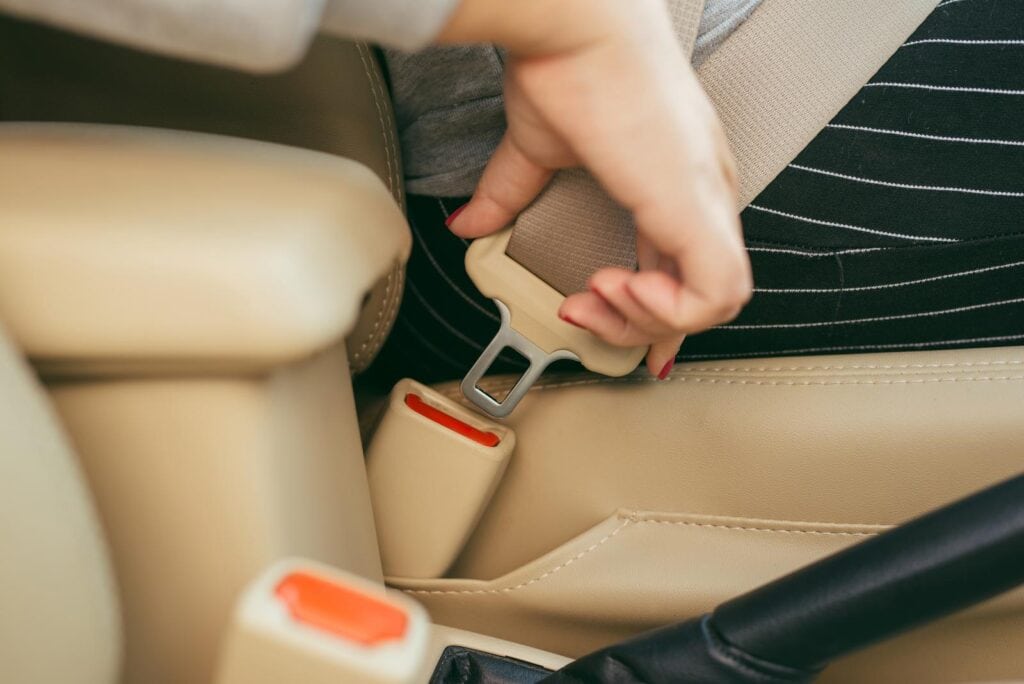
What’s The Difference Between Validation Accuracy And Testing Accuracy?
As we dive deeper into machine learning, it’s essential to understand the distinction between validation and testing accuracy.
At first glance, the difference may seem simple: validation accuracy pertains to the validation set, while testing accuracy refers to the test set.
However, this superficial comparison doesn’t capture the true essence of what sets them apart.
In reality, the validation set plays a unique role in the machine learning process.
It’s primarily used for tasks like assessing the performance of a model’s loss function and monitoring its improvement. The validation set also helps us determine when to halt the training process, a technique known as early stopping.
By contrast, the test set is used to evaluate a model’s performance in a more comprehensive manner, providing a final accuracy score that indicates how well the model generalizes to unseen data.
In other words, while the validation set helps us fine-tune our model during training, the test set is our ultimate measuring stick.
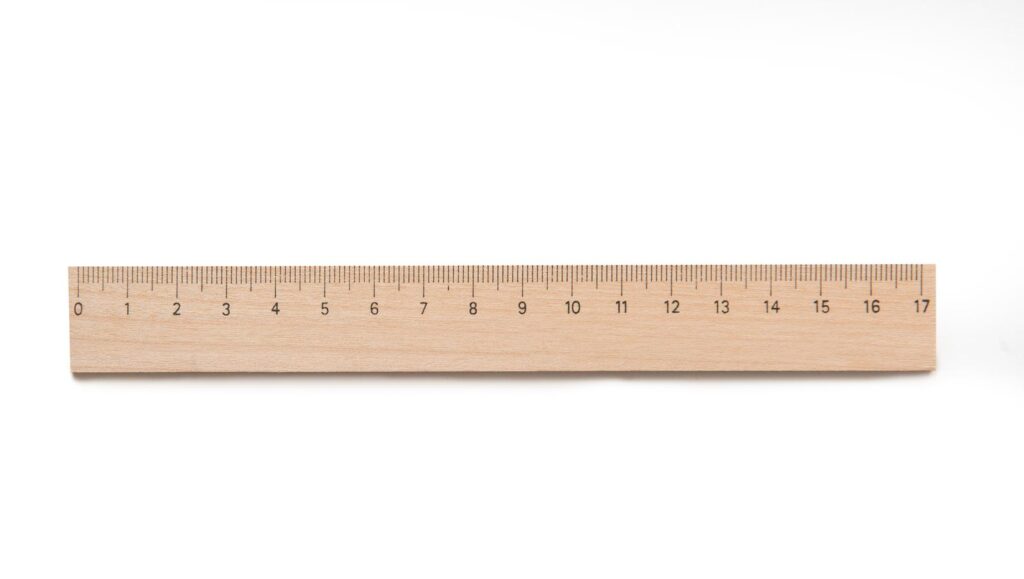
We can obtain a true accuracy score only when we utilize the test set, which tells us how well our model will likely perform when faced with real-world challenges.
You can safely report this accuracy score to your boss, not the one from the training or validation set.
Understanding the nuances between validation and testing datasets is crucial for anyone delving into machine learning.
By recognizing their distinct roles in developing and evaluating models, we can better optimize our approach to training and testing, ultimately leading to more accurate and robust machine learning solutions.
Do I Even Need A Validation Set?
When building our models, we must ask ourselves whether a validation set is always necessary.
To answer this question, let’s first consider the scenarios where validation sets play a crucial role.
Validation datasets are predominantly used in deep learning, mainly when working with complex neural networks.
These networks often require fine-tuning and monitoring during the training process, and that’s where the validation set steps in.
However, it’s worth noting that deep learning is just a slice of the machine learning spectrum.

In fact, about 90%+ of machine learning problems (This number is from personal experience) are tackled through supervised learning.
In these cases, validation sets don’t typically play any role.
This might lead you to believe only training and test sets are needed for supervised learning.
While that’s true to some extent, there’s an even better technique to ensure you thoroughly understand your model’s performance is cross-validation.
Cross-validation is a robust method that involves dividing your dataset into multiple smaller sets, or “folds.”
You then train your model on a combination of these folds and test it on the remaining one.
This process is repeated several times, with each fold serving as the test set once.
By using cross-validation, you can obtain a more accurate and reliable estimation of your model’s performance.
Does Cross Validation Use A Validation Set?
While we now know that cross-validation is perfect for supervised learning, It’s natural to wonder how cross-validation fits into the bigger picture, especially when using validation sets.
Simply put, if you’re using cross-validation, there’s no need for a separate validation set.
To understand why, let’s first recap what cross-validation entails. During this process, your dataset is divided into several smaller sets, or “folds.” The model is then trained on a combination of these folds and tested on the remaining one. This procedure is repeated multiple times, with each fold taking its turn as the test set.
Essentially, cross-validation ensures that each piece of data is used for both training and testing at different times.
Introducing a separate validation dataset doesn’t make sense in this context. In cross-validation, the data already serves the purpose of training and testing, eliminating the need for an additional validation set.
By leveraging the power of cross-validation, you can obtain a more accurate and reliable estimation of your model’s performance without the added complexity of a validation dataset.
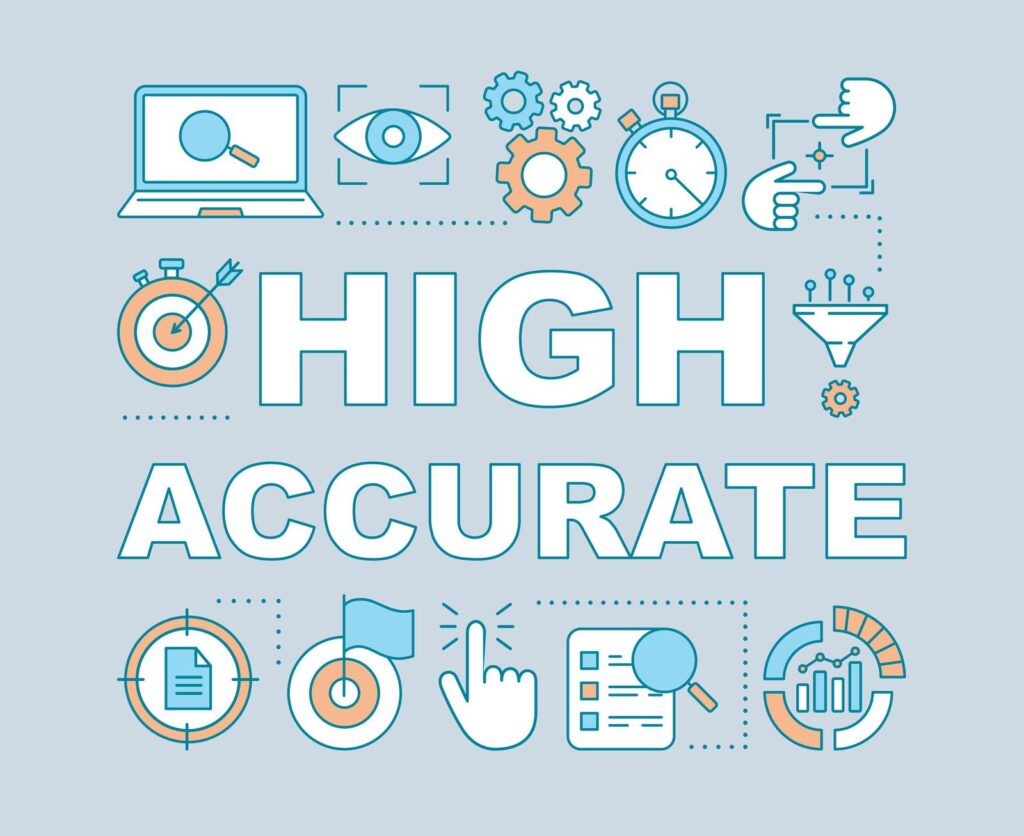
Can Validation Accuracy Be 100%?
So, let’s say you’ve encountered scenarios or an epoch where your model’s validation accuracy reaches a seemingly perfect 100%.
Is this too good to be true?
Let’s explore some factors to consider when encountering such “extraordinary results.”
First and foremost, it’s important to determine whether this 100% validation accuracy is a one-time occurrence during the training process or a consistent trend.
If it’s a one-off event, it may not hold much significance.
However, if you’re consistently achieving high scores on your predictions, it’s time to take a look at your validation set more closely.
It’s crucial to ensure that your validation set isn’t silently biased.
For example, in a deep learning classification problem, you’ll want to verify that your validation data doesn’t exclusively represent one category.
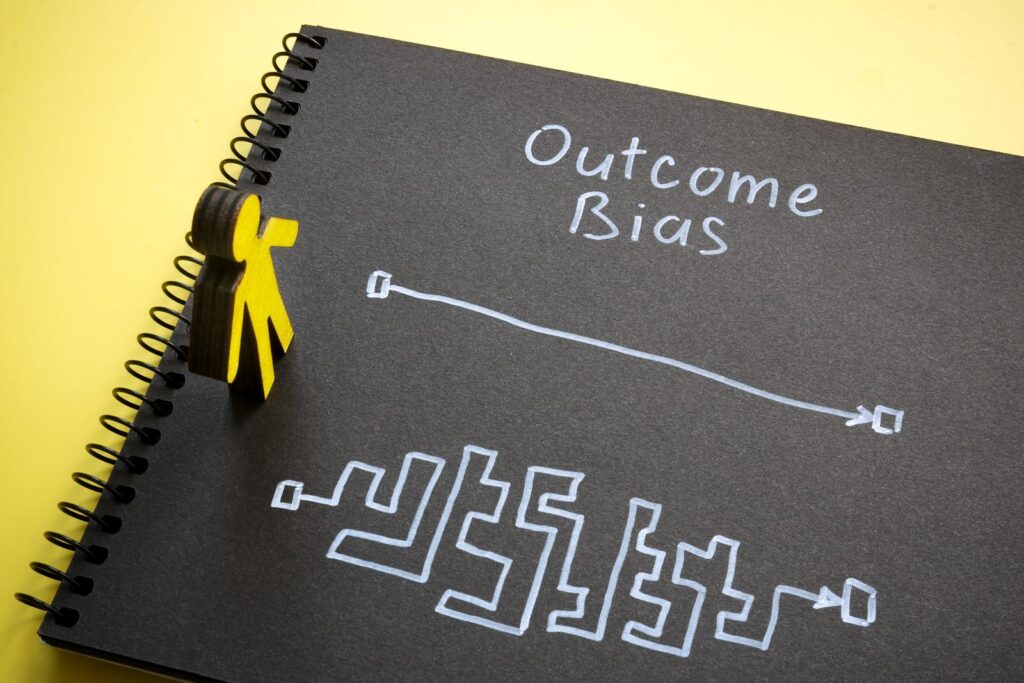
This could lead to an illusion of perfection, while in reality, your model may not be generalizing well to other categories.
Finally, remember that accuracy isn’t always the best metric to evaluate your model.
Other metrics such as precision, recall, or F1-score might be more suitable depending on the problem at hand – especially in the context of problems trying to solve for “rare events.”
Solely relying on accuracy could falsely assess your model’s actual performance.
And thus make the machine learning engineer behind it look a bit silly.
What Percentage Should Of Our Data Should The Validation Set Be?
Determining the ideal percentage of data to allocate for the validation set can be a perplexing task.
If you don’t live under a rock, You may have encountered standard rules of thumb like “use 10%!”
However, these one-size-fits-all guidelines can be shortsighted and may only sometimes apply to some situations.
The truth is, the best percentage for your validation set depends on your specific dataset.
Although there is no universally applicable answer, the underlying goal remains the same: you want your training dataset to be as large as possible.
This principle is based on the idea that the quality of your training data directly impacts the performance of your algorithm. And as you might already know, one of the most straightforward ways to enhance your training data is to increase its size.
More data allows your model to learn better patterns, which leads to improved generalization (less overfitting) when faced with new, unseen data.

Other Articles In Our Accuracy Series:
Accuracy is used EVERYWHERE, which is fine because we wrote these articles below to help you understand it
- Can Machine Learning Models Give An Accuracy Of 100
- High Accuracy Low Precision In Machine Learning
- Data Science Accuracy vs. Precision
- Machine Learning: High Training Accuracy And Low Test Accuracy
- How can Data Science Improve The Accuracy Of A Simulation?
- What Is a Good Accuracy Score In Machine Learning?
- What Diagnostic Software Does Ford Use? [Uncover the Hidden Secrets] - October 17, 2025
- Ultimate Guide: How to Make Your Logitech Mouse Double-Click with Software [Must-Read] - October 17, 2025
- Comparison: Do Investment Bankers or Software Engineers Make More? [Find Out Now] - October 16, 2025

